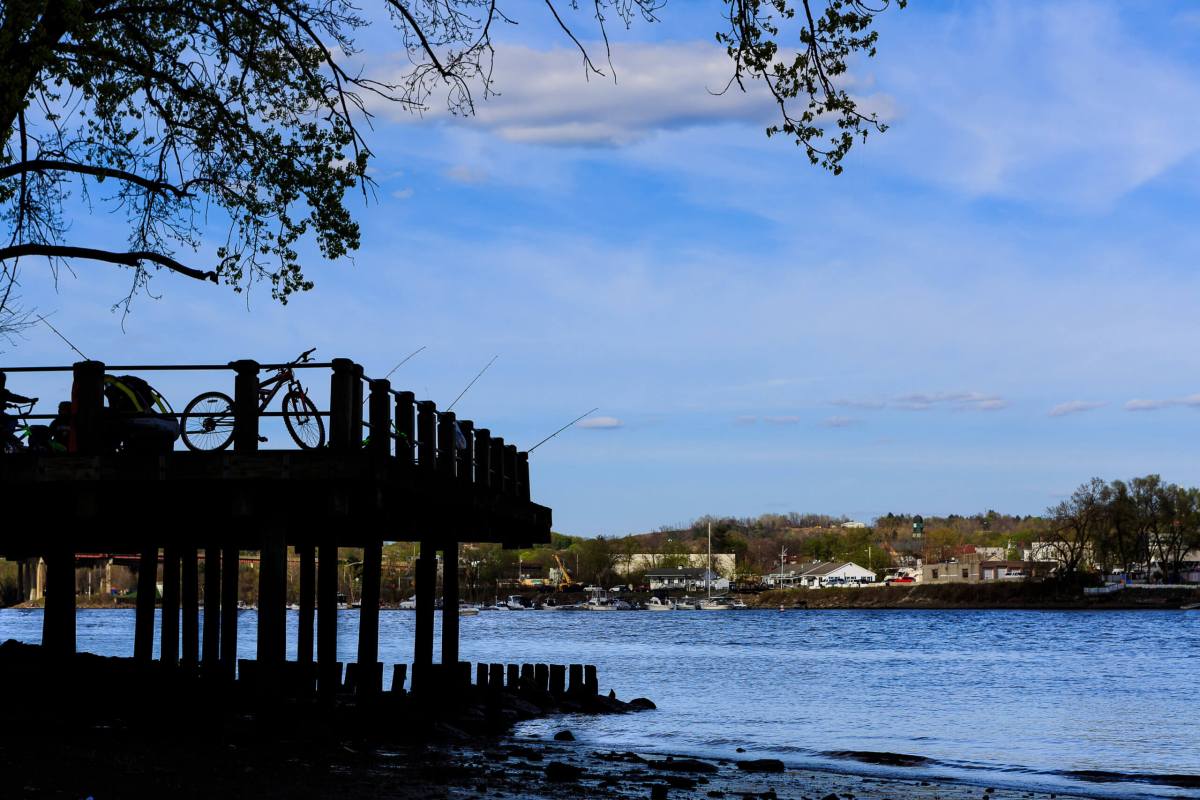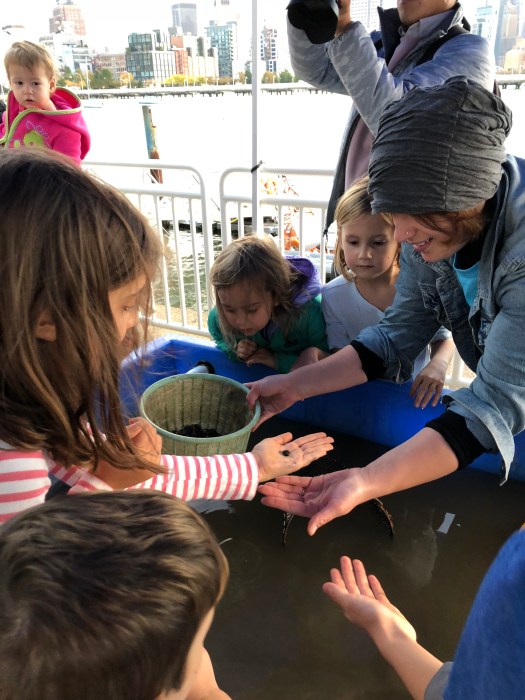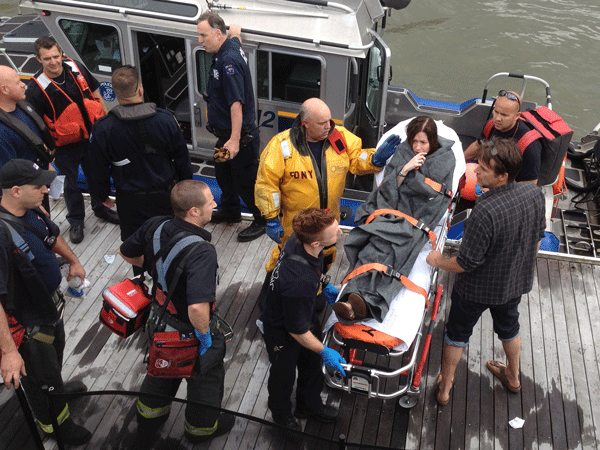Far too often, people living in low-income communities and communities of color are most severely impacted by pollution. That’s certainly the case along the Hudson River, where residents who rely on it for drinking water and fish to feed their families continue suffering most acutely from the unchecked contamination of polychlorinated biphenyls (PCBs) dumped in the river by General Electric between 1947 and 1977.
I come from a Hudson River Valley Afro-Caribbean family that subsisted off fish from the Hudson River all during that time. For two generations, we fished for and salt-packed shad, striped bass, and herring to feed a family of nine children.
Yes, we consumed fish from the nation’s largest superfund site. And despite posted health advisories, fish contaminated with these toxins remain an essential food source for many people.
It was not until passage of the Clean Water Act in 1972 that poor riverfront communities of color began to see regulatory action on PCBs — and it took until 1998, when I testified before Environmental Protection Agency Administrator Carol Browner, for federal leaders to realize that it was “the people” who still eat poisoned fish from the Hudson that matter, not the posturing over whether the river needed to be cleaned up.
Sadly, the voices of subsistence fisher folk of color and their communities south of the Troy dam have been left out of any PCB remediation. GE’s cleanup to date has focused on dredging two “hotspots” in majority White communities north of Troy, with no action downriver other than advisories asking communities of color to end their recreational and cultural fishing heritage.
While we cannot get our health back from General Electric’s toxic dumping in the Hudson, the Hudson River Natural Resource Damage Assessment (NRD) can provide equitable and just settlement funds to riverfront communities who still depend on the river. While it is hard to put an adequate price tag on the decades of damages caused by these toxins, the impacts on some of our most vulnerable communities and families like mine are clear.
Currently, communities must spend $10 million annually to filter water from the river to ensure it is free from potentially life-threatening contaminants. Despite company claims, under federal law, polluters like GE know they have to do more than clean up their contamination. A new report authored by leading NRD experts estimates that up to $11.4 billion in damages, along with $10.7 billion for further dredging, is owed by General Electric to comply with the law.
PCBs in the Hudson River have imperiled the health and prosperity of people, like my family, living along it for decades. It is well-documented that exposure to PCBs cause increased rates of various cancers, as well as a greater incidence of cardiovascular and liver disease and diabetes. This pollution also led to the shutdown of the river’s commercial fishing industry and curtailment of recreational fishing, once economic mainstays of waterfront communities.
People continue to catch and eat fish with levels of PCB contamination 10 or more times higher than the U.S. Food and Drug Administration’s safety standards. We need a strong NRD that provides frontline communities south of the Troy dam with the funding needed to regain their lost recreational needs and opportunities.
As noted in the breakthrough report, we need an NRD settlement that will make the river safer for everyone, whether to enjoy a paddle, drink a glass of water, earn a living from, or catch tonight’s dinner. The estimated $11.4 billion in damages owed by General Electric would help fund projects critical for bringing this about.
Dr. Aaron Mair is an Environmental Justice pioneer intersectionally working in the spaces of Health, Environment, Voting Rights and Disparities over the last 40 Years; a 35-year veteran urban environmental activist; regional and national Environmental Justice organizer; 57th national President of the Sierra Club; and Adirondack Council’s Wilderness Campaign Director Clean Water, Jobs and Wilderness.

































